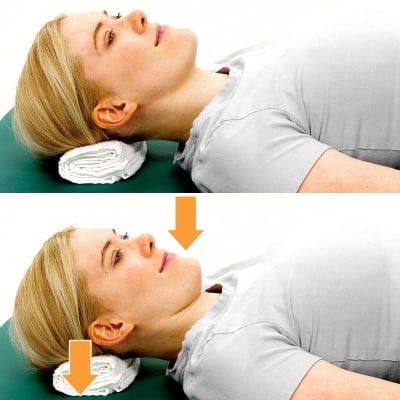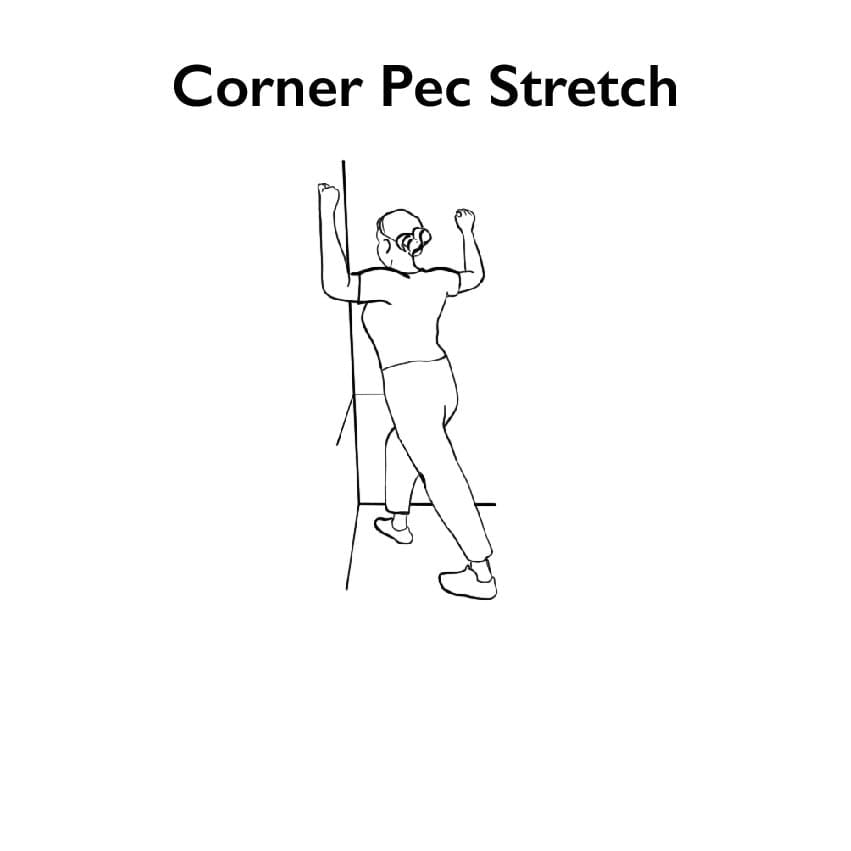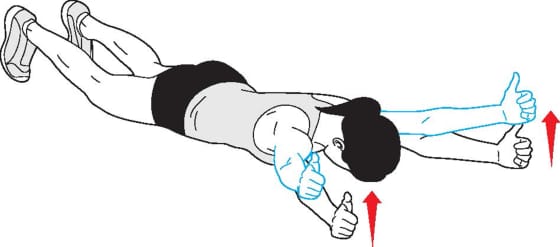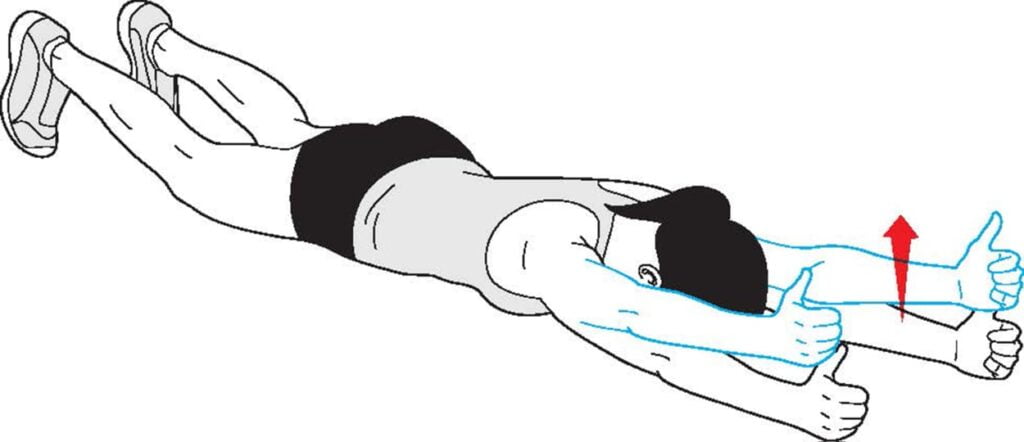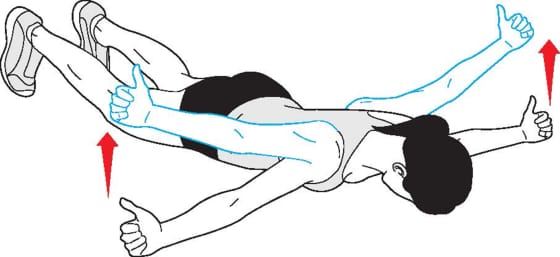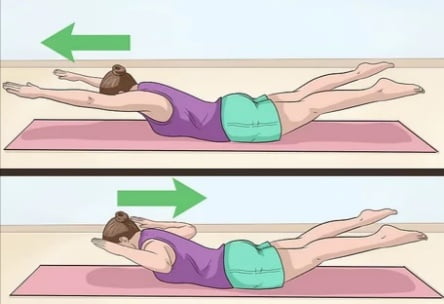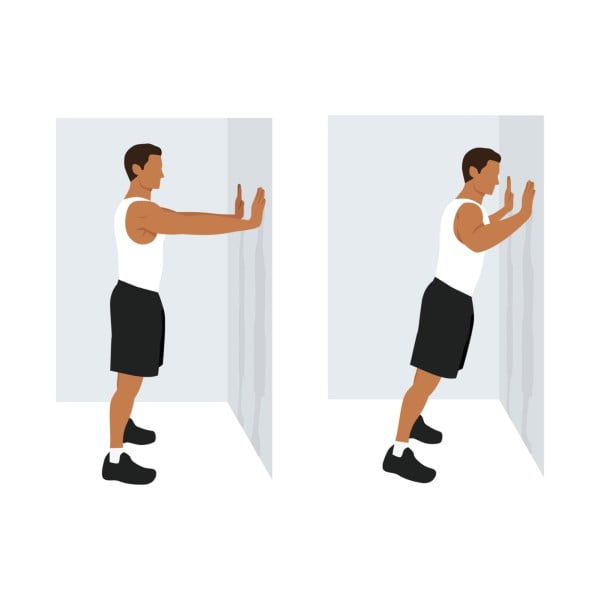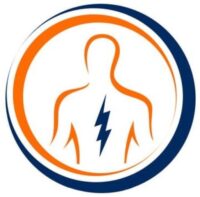Cervicogenic headache or cephalgia is a secondary headache which means that it occurs due to another issue or illness. Cervicogenic headache is a kind of referred pain perceived in the head from a neck source. Hence, they are actually caused by dysfunction in your neck. This happens because there are nerves in the upper cervical region (C1, C2, & C3). These are connected with the nerves of the head (cranial nerve V via the trigeminal nerve). Today, in this article, we will discuss cervicogenic headache along with cervicogenic headache exercises.
Before heading towards the cervicogenic headache exercises, first, discuss its clinic features and causes.
CERVICOGENIC HEADACHE ICD: G44.86
Clinical Features:
- Pain in the head or neck region
- Dysfunction in the cervical spine
- Suboccipital
- C1 to C3 vertebral origin
- Stiff neck
- Limited mobility
- One-sided pain
- Pain may radiate to the arm
- Difficulty in maintaining sitting postures secondary to neck pain
- Inability to sleep
- Weakness with upper-extremity lifting
- Inability to drive or work secondary to intolerance for light or sound
- Difficulty with neck movements secondary to pain
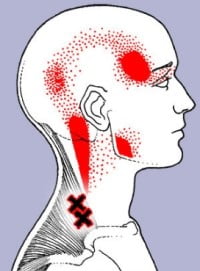
Causes:
- Forward-head posture, rounded shoulders posture due to tight pectoralis and weak deep neck flexor muscles.
- Prolonged position of cervical side flexion towards the impaired nerve.
- Facet hypertrophy
- Trauma
- Hydration
- Nutritional deficiency
- Muscle tightness
- Stress
Differential Diagnosis:
| CLINICAL FEATURES | CERVICOGENIC HEADACHE | MIGRAINE | TENSION HEADACHE |
| FEMALE: MALE | 50-50 | 75-25 | 60-40 |
| LOCATION | Occipital to frontoparietal | Frontal, temporal | Diffuse |
| LATERALIZATION | Unilateral | 60% unilateral | Diffuse bilateral |
| DURATION | 1 hour to weeks | 4-72 hours | Days to weeks |
| FREQUENCY | Episodic | 1-4/month | 1-30/month |
| SEVERITY | Moderate to severe | Moderate to severe | Mild to moderate |
| TRIGGERS | Neck movements and postures | Neck movements are not typical | Neck movements are not typical |
| SYMPTOMS | Decreases ROM, other symptoms usually absent it similar to migraine but milder | Nausea, vomiting, visual changes, photophobia | Decreased appetite, photophobia |
| TYPE OF PAIN | Non-throbbing pain usually starts in the neck | Throbbing, pulsating pain | Dull |
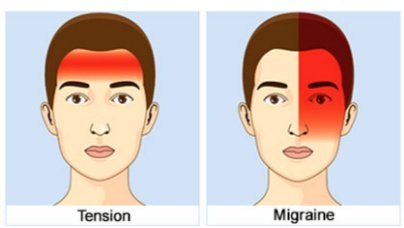
Diagnosis:
Imaging:
- MRI helps to visualize the head/brain region
- CT Scan
- X-ray is helpful if osteophyte located in the intervertebral foramen of the cervical spine
Tests and Measures:
- Cervical spine AROM
- Spurling test
- Upper limb nerve tension test
- Postural examination
- Deep neck flexor endurance test
Treatment:
- Rest
- Hydration
- Non-steroidal anti-inflammatory drugs like aspirin or ibuprofen
- Physical therapy
- Cervical distraction and traction to relieve nerve compression
- Joint manipulation of the thoracic and upper-cervical spine
- Address pain
- Electrical stimulation
- Heat/ice
- Address hypertonicity
- Soft tissue massage
- Ice to decrease the inflammatory process
- Address muscle weakness
- Deep neck flexor training
- Strengthening of lower/middle trapezius, rhomboid, rotator cuff, serratus anterior, latissimus dorsi
Cervicogenic Headache Exercises:
